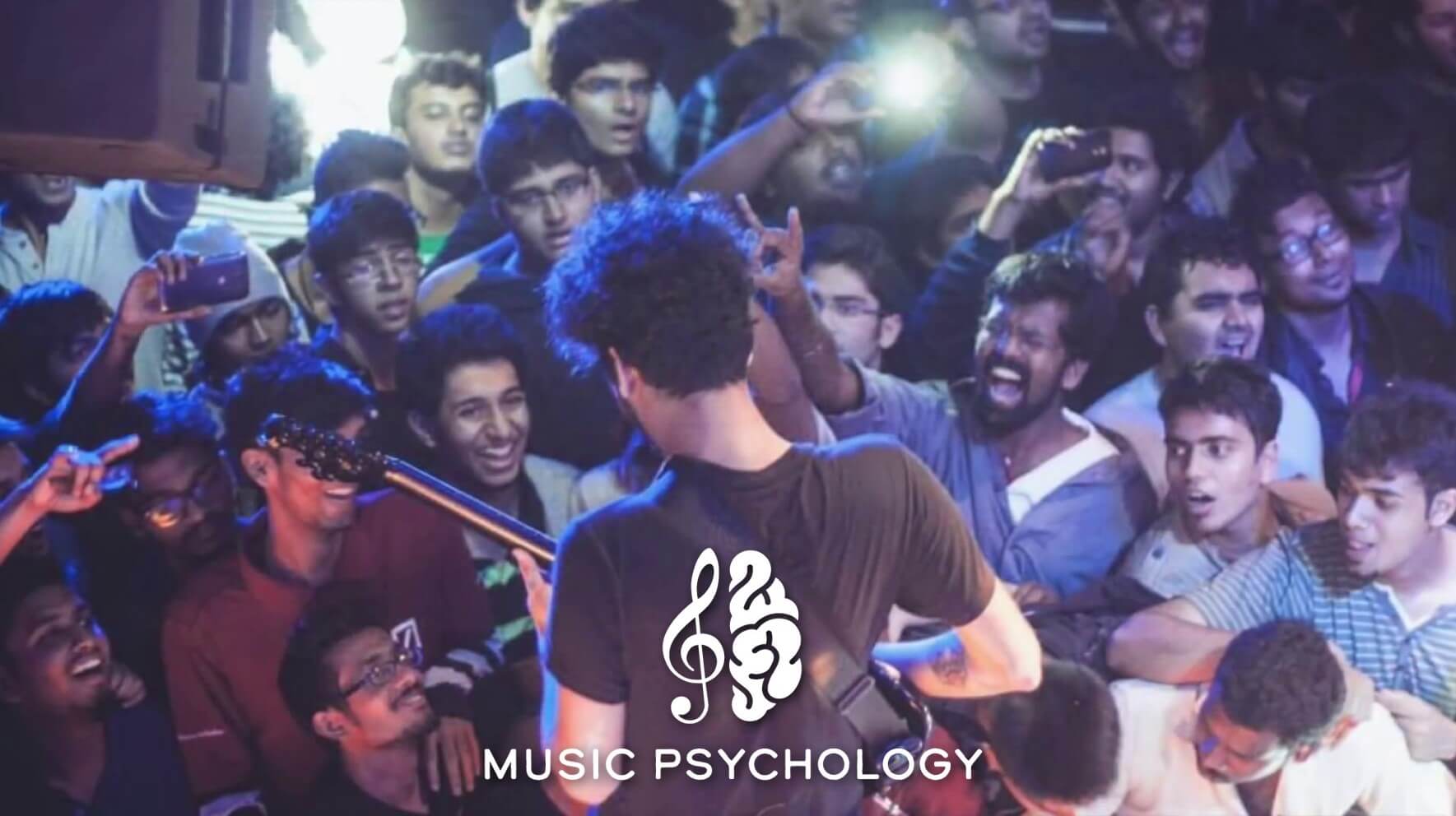Dear readers, in the Music Psychology series, we would like to offer you a view at seemingly obvious topics within the music world from a different perspective. This time it will be about Music and the Brain. My guest is a respected music therapist and a member of the board of Music Therapy Association of the Czech Republic (CZMTA) PaedDr. Lubomír Holzer. You can check the first episode here with the background of this series, as well as more information about Mr. Holzer.
Photos: Skyharbor – Guiding Lights India Tour 2014
Originally came out in 2015/06 issue of Czech magazine Muzikus.
English translation credit: Lucie Jurigová
What’s happening in our brain when we are listening to the music we really like?
Listening to the music is a complex activity, which engages many parts of the brain. Roughly we can say that the right brain hemisphere is specializing on perception of the music and the left on speech. The sensoric and subsequently motoric cortex is always involved in our perception. It activates a number of subcortical structures. Afterwards we can observe unconscious spontaneous movements: eyes seek the source of the sound, finger tapping, foot tapping and we move our head and body. The brain is equipped with filtrating comparing memory, which determines what we like based on our listening experience and culture-historical determination. In case the elements click perfectly with you, we accept emotionally positively. This kind of stimulation will get reflected in whole our being by emotional reactions as well as vegetative, physiological, motoric and mental. We feel good, we are joyful, positive and we feel like singing & dancing.

Does music affect our moods? Do you think that people, who listen to thrash/death metal are a bit more nervous than those, who listen to Enya? Because for me, some older albums by Sepultura and Death, which I occasionally listen to, are calming me. But my girlfriend would say it’s not that sure when the work stress is added.
Emotions always come with music, the contradictory ones often come with music, too. Our favorite music brings positive emotions. If someone is a fan of thrash metal, his/her reaction will be positive. A person, who listens to classical music, might on the other hand shake his/her head with misunderstanding and metal would bring him/her negative mood. The response is always connected to an experience and an acceptance of a specific type of music by a listener. A person feels calmed down when he/she listens to something he/she knows and likes. At the same time, he/she feels safe. The level of a momentary stress will decrease while listening to favorite music. After a while, it returns to its normal rate though. A human organism is trying to physiologically balance the situation. But most of the time, it can’t do it on its own. We have to learn to listen to relaxation music, which helps us to calm down and decreases the stress index more permanently. The music would be probably completely different from the music in our collection. There are tons of relaxation music on the market. Most of it unfortunately doesn’t bring a top quality with itself, especially electronic music. So pick carefully. The listener should be able to distinguish between entertaining and healing music. Most of the contemporary music production takes the amusement role. Therapeutic music is progressing in a different direction.

Music Therapy
How do you use music in your practice?
I use therapeutic music, which is exactly defined by using natural tuning and adequate music instruments, which are handmade from natural materials. The important part is using sound and interference of aliquot tones, which are the essence of music itself. In real life it looks like this: I play live to my patients/clients on already mention musical instruments (djembe, didgeridoo, fujara, tailpiece, mouth harp, Jew’s harp, balafon, gong, Tibetan bowls, shaman drum etc.) with an origin from around the world and various historical periods. I sing therapeutically, icotherapeutically, aliquotly and using guttural singing. I play intuitive music, which gets created in the moment. It takes place during passive or active relaxation. The brain gets to alpha level on EEG, which is a frequency between 7,5 and 13,5 Hz. In the mentioned condition, the deep relaxation starts, as well the full body calmness and self-healing mechanisms. It is a complex process which could take a number of whole magazine issues to describe.






